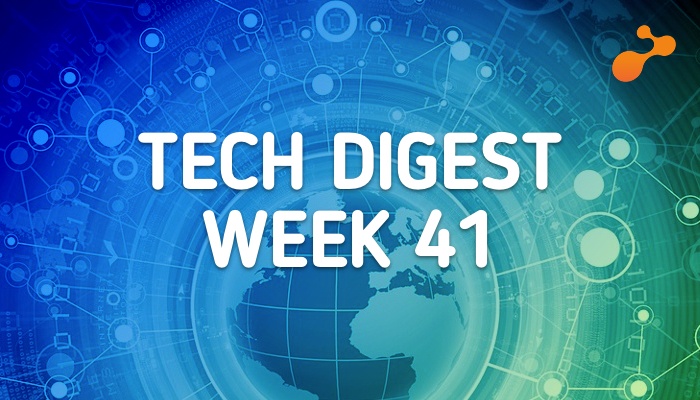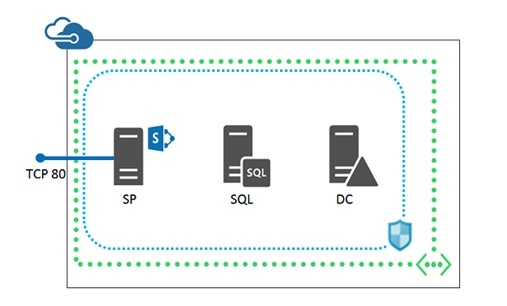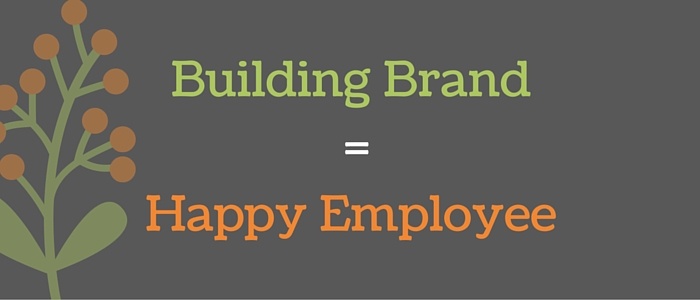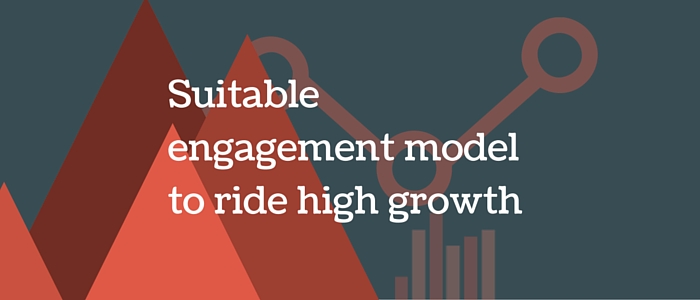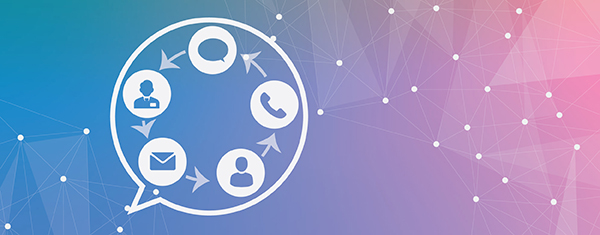Before we jump to discuss the topic, let us know some fundamentals about "black and white" and "Gray" thinking and how they are different from each other!

Gray thinking or thinking gray, seems uncommon to most of today's the business community, for obvious reasons. Many individuals and business leaders tend to think in "concrete" or "black and white”. This particularly applies to those thinkers who think about rules that always get predictable results.
Black and white thinking means there is just one way to do things and it is always the same. There are no exceptions and everything may seem very predictable.
What does "thinking gray" mean then? And how is it different from "black and white" thinking? And what are the benefits of gray thinking while designing your enterprise applications?
Let's start with an example. Bet, this is easier than you think!
It won't be surprising if we say, many organizations even today are still stuck with legacy and old fashioned enterprise solutions. These solutions are no matter working fine but make it very difficult to adapt to new changes. These limitations fail to take advantages of new technological disruptions.
Healthcare is one such example across all sectors where change is coming, and not the gradual kind of change. This is tearing down kind of a change where healthcare providers are pressed to rethink how the EHR system should work.
Many EHR systems built earlier prevented some data entered by the para-medical staff from presenting itself to the doctors. It was later identified this was not the flaw in the system but the thought that created the system. There was no flaw in the EHR system, the system behaved exactly as it was engineered to.
So, was there a flaw? Absolutely! The system in this scenario was built with the assumption that the people using it should align their way of work to the way the EHR is built.
This says a lot about black and white thinking. Generalizing business scenarios and not thinking beyond the obvious!
Thinking gray allows you to think the other way around, to create the best IT systems that's technically more advanced, easy to implement and adaptable to changes. Thinking with this new perspective helps you to optimize your existing systems (read enterprise applications) to suit the user needs.
This can be done by leveraging newer technologies such as cloud, mobile, big data and analytics that can enhance and power your systems with sufficient data and insights.
This is the power of gray thinking, where you avoid generalization, where different rules apply in different scenarios that increase the system efficiency.
These impending changes represent basic change to your existing systems, processes and structures. Success in transforming these systems will define the type of enterprise application solution you end up using. We are not talking about the one that is obvious but the one that is meaningful to its users.
This is why we strongly believe Enterprise Applications should avoid generalization. This kind of thinking will help the following Enterprise Applications:
Customer Relationship management (CRM)
CRM has always been an arena for web product players. Even when the user base of CRM products are in a liminal state between web CRM and mobile CRM.
Thinking out of the box will nudge mobile CRM and other enterprise mobile apps further, closer to the growing mobile user base. To succeed in the enterprise, companies must prioritize the needs and behavioral patterns of their mobile workers.
As employees spend lesser time in office, having CRM solutions that are mobile friendly will be essential. This will ensure the workforce is connected to communicate and collaborate with their colleagues.
Business Continuity Planning (BCP)
For many years now, enterprises have thought about business continuity in more or less the same way as they have thought about business insurance. But all that changed the day organizations discovered even a scant service downtime can affect their business operations.
Conventional and regular thinking will not change this. IT leaders have to raise the bar on business continuity preparedness for their organizations in all ways.
New technologies, business models, business processes and partnerships, merged with an increased level of importance for best practices are essential to this 'New Thinking'. To avoid the impact of an unplanned service interruption, the organization must follow some of the best practices for business continuity such as automate your business continuity plan, testing, data center location, integrate enterprise mobility as a core aspect in your business continuity plan
Following best practices, stop going by legacy practices and leverage emerging technologies like cloud, big data and analytics can strike that game changing balance between risk and opportunity.
Enterprise Resource Planning (ERP)
While implementing an ERP system, organizations can always choose between customizing the software or modify their business process in line with the "Best Practices".
Before the onset of ERP solution, software was developed to fit the process of that particular business. But, due to the complexities of many ERP systems and failed ERP implementation, most organizations have included the best practices into their software such as cloud-based ERP solution. This new thinking phenomenally decreases upfront IT investments in hardware and servers.
In addition, it becomes much faster and easier to deploy when compared to the traditional software implementations with reduced overall risks. Applying these new thoughts naturally becomes the most efficient way to carry out a particular business process in an integrated enterprise-wide system.
With cloud, upgrades and enhancements are extremely easy. All the changes automatically update with system upgrades.
With your business running with the most advanced capacity, you can always be assured to benefit from delivering the out-of-the box version of the ERP software.
These changes in your enterprise applications can lead to dramatic improvements in our systems if re-imagined. Here's why, thinking beyond the obvious can bring a sea of changes to your existing enterprise applications that has potential to transform your businesses. And that’s why they are important!
Bringing these gradual changes in your systems require thinking in new perspectives, combining various technologies and digitizing your systems based on your business scenarios. This new thinking will nudge organizations to think in newer ways and innovate at the speed of thought, bringing out different solutions.
"Build, ship and run any app, anywhere" will slowly become the new norm, the new basis of competition.
A few businesses have espoused this gray thinking which is gradually becoming the new norm for many - creating small agile teams building the thing they need fast that solves a customer need by building fast, underlining different perspectives and the power of thinking beyond obvious choices.

